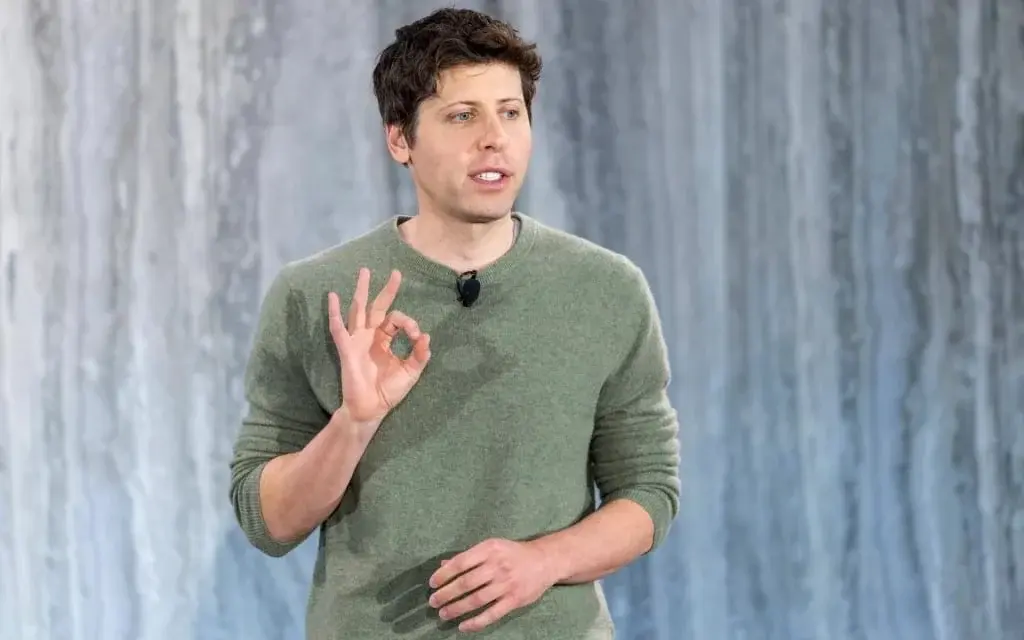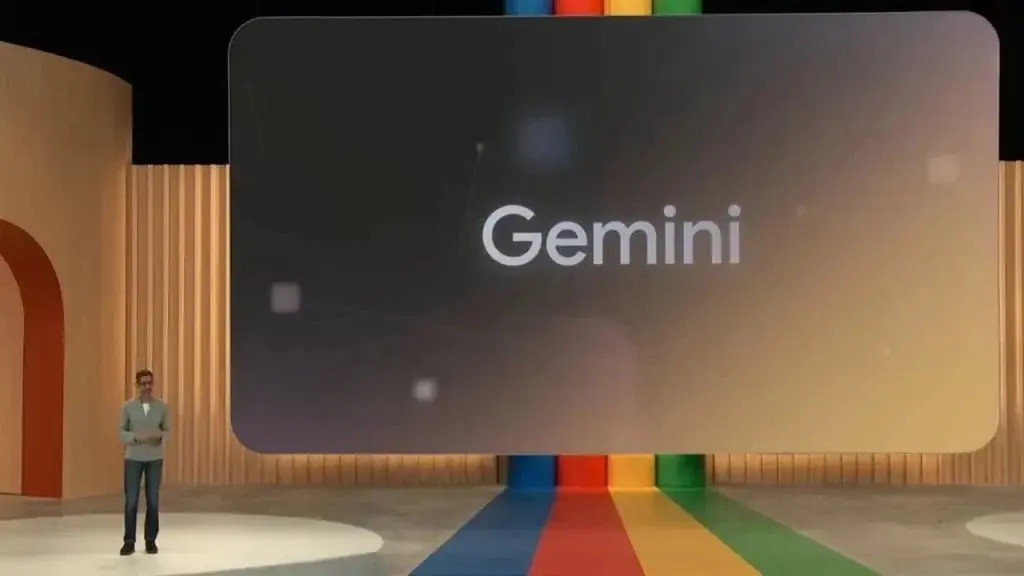Key Takeaways
1. Artificial intelligence is increasingly integrated into daily life, with tools like ChatGPT, Grok, and Gemini gaining popularity.
2. Elon Musk plans to revive Vine by incorporating artificial intelligence, aiming to create a platform focused on AI-generated content.
3. Vine was a pioneering short-video platform that helped many comedians gain fame before its shutdown in 2017 due to competition from Snapchat and Instagram.
4. Musk’s xAI company may face challenges in developing video generation templates for the AI-driven Vine.
5. User reactions to AI in social media are mixed, raising concerns about misinformation and the platform’s potential success or failure.
Artificial intelligence is becoming more and more a part of our everyday life. With tools like ChatGPT, Grok, and Gemini, it can be tough to keep track. Elon Musk’s upcoming initiative won’t make it any simpler, as he aims to bring back the well-known Vine platform by incorporating artificial intelligence.
A Look Back at Vine’s Impact
For younger folks, Vine was a platform that was truly ahead of its time. It was bought by Twitter just before it launched in 2012 and allowed countless content creators to upload short videos that could be up to seven seconds long and loop endlessly. This flexibility let everyone choose their own video themes to gain views, leading to many of today’s top comedians achieving great success on this platform.
The Fall and Future of Vine
Unfortunately, as Snapchat and Instagram gained popularity, Vine struggled to keep its unique appeal, and Twitter decided to shut it down in 2017. Fast forward to 2022, and Elon Musk expressed his interest in bringing the platform back to life. Just three years later, he tweeted: “We’re bringing back Vine, but in AI form.”
This revival could mark a significant change in Vine’s journey by featuring content created solely by artificial intelligence. While this might seem unexpected, companies like Meta and OpenAI are already testing this technology with Meta AI, which can create images. OpenAI also appears to be envisioning a social media platform that is heavily integrated with AI, as reported by The Verge.
Challenges Ahead for Musk
Despite the excitement around Vine’s potential return, Elon Musk may face several challenges. His xAI company currently does not provide templates for video generation, indicating that significant development work may be needed soon. Additionally, Grok, although it has its issues, might also find a place on this new-age platform.
One key question remains in many people’s minds: what do users really want? Some are intrigued by artificial intelligence, while others are not keen on seeing it in their social media. Misinformation is already widespread on some platforms, and this new project could worsen that problem. It will be interesting to see how users respond; if the reaction is negative, Vine may face yet another shutdown.
Source:
Link











